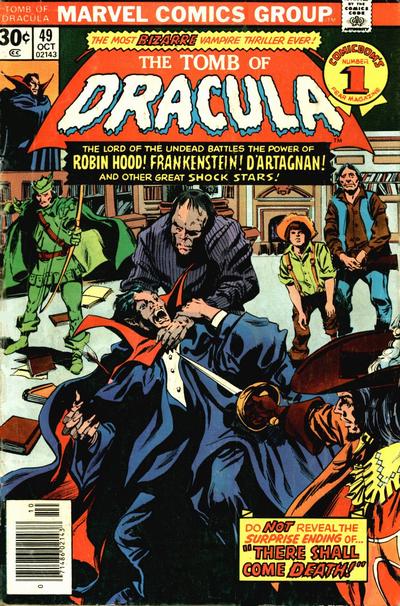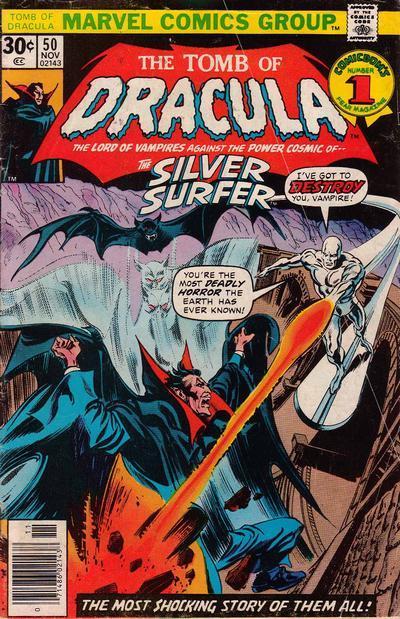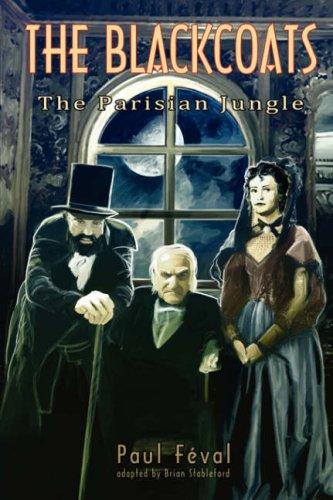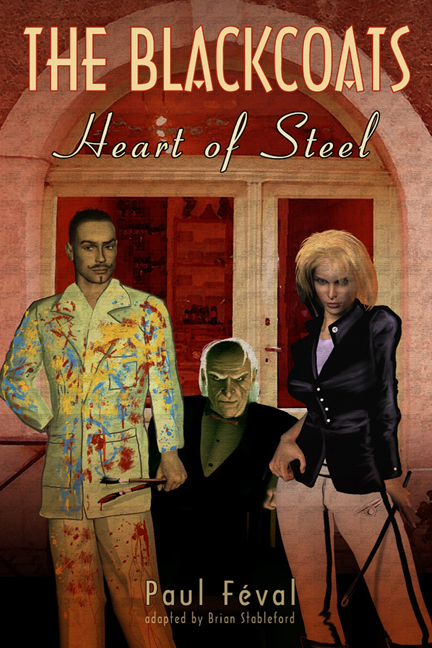Blogging Alex Raymond’s Flash Gordon:“, Part Twelve – “The Tyrant of Mongo”
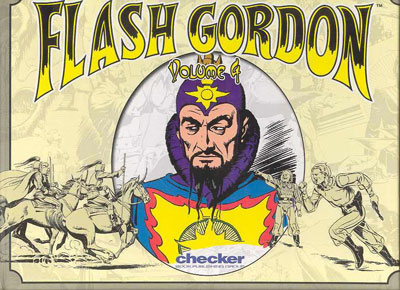
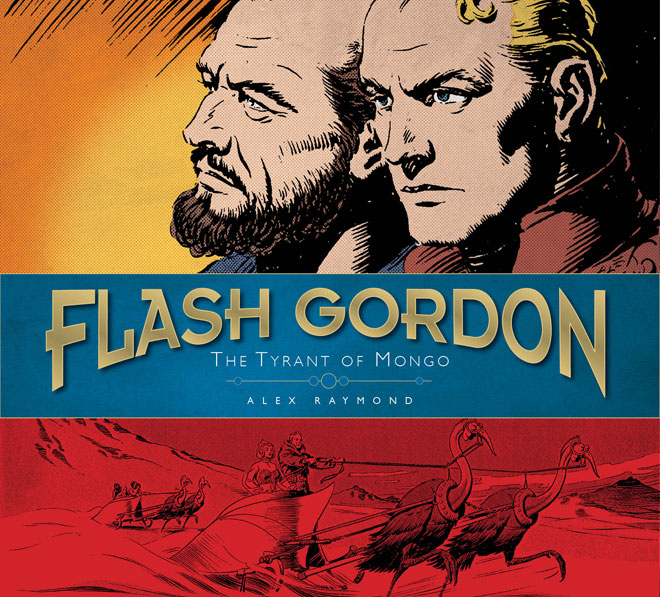 “The Tyrant of Mongo” was the twelfth installment of Alex Raymond’s Flash Gordon Sunday comic strip serial for King Features Syndicate. Originally printed between June 12, 1938 and March 5, 1939, the epic-length “Tyrant of Mongo” picks up the storyline where the eleventh installment, “Outlaws of Mongo” left off with Flash and the Freemen having sought refuge in the tombs of Ming’s ancestors. They befriend Chulan the caretaker who joins the Freemen. The flooding of Mingo City has thrown the kingdom into disarray. Flash and a group of Freemen storm the Navy’s flagship only to find its captain only too willing to join the fight against the Emperor.
“The Tyrant of Mongo” was the twelfth installment of Alex Raymond’s Flash Gordon Sunday comic strip serial for King Features Syndicate. Originally printed between June 12, 1938 and March 5, 1939, the epic-length “Tyrant of Mongo” picks up the storyline where the eleventh installment, “Outlaws of Mongo” left off with Flash and the Freemen having sought refuge in the tombs of Ming’s ancestors. They befriend Chulan the caretaker who joins the Freemen. The flooding of Mingo City has thrown the kingdom into disarray. Flash and a group of Freemen storm the Navy’s flagship only to find its captain only too willing to join the fight against the Emperor.
Emboldened by their success thus far, Flash and Captain Sudin lead the growing ranks of Freemen in a daring prison break to free Ming’s political prisoners. Naturally, they have walked into a trap. Scores of Freemen are decimated by Ming’s forces. Flash and an injured Sudin manage to escape with their lives. Unexpectedly, Flash and Sudin bombard the prison from their rocketship and rescuing those survivors they can reach attempt to make good their escape.
Crashing into the sea, Flash learns they are short one oxygen tank and heroically stays behind with the sinking ship while everyone else makes their way to freedom. Dale and Zarkov succeed in rescuing Flash, but Zarkov doesn’t believe his chances for survival are very strong. Of course, thanks to Zarkov’s surgical skill Flash does survive and recovers sufficiently to hastily design and oversee construction of a complex series of underground tunnels to house the Freemen. Naturally, their new-found tranquility is short-lived as Ming visits the island to bury his recently-deceased uncle (who Ming had killed when he learned he was plotting against him). A word should be said about Alex Raymond reaching new heights with his artwork in this installment. Raymond’s work was constantly evolving and it retains its power nearly 80 years later.
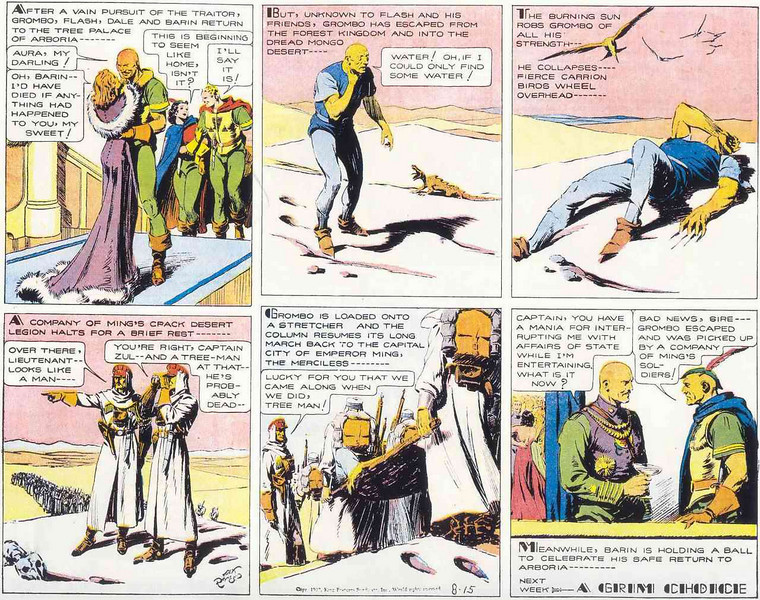
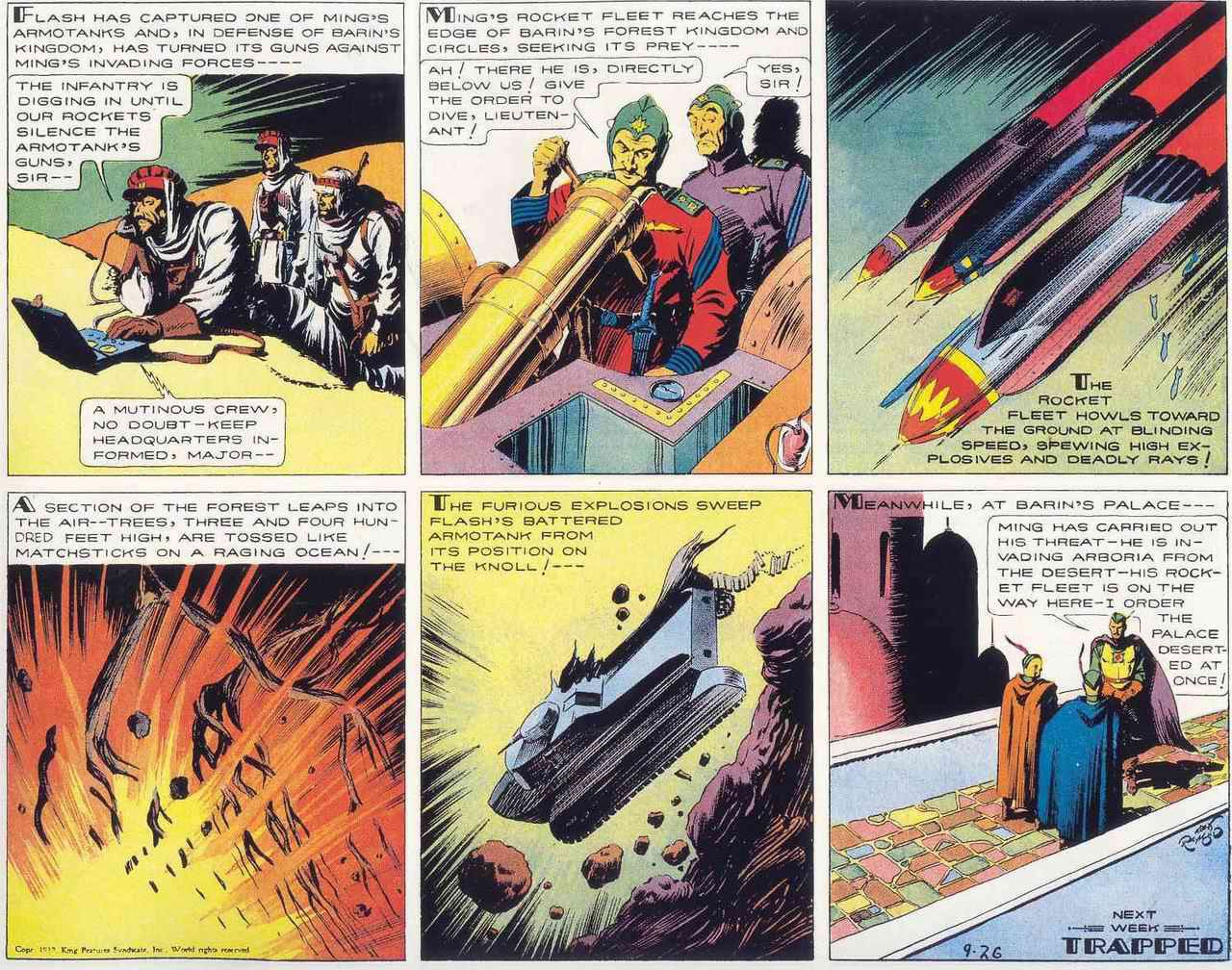
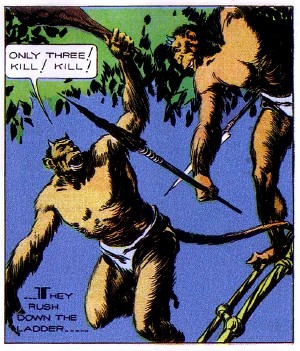
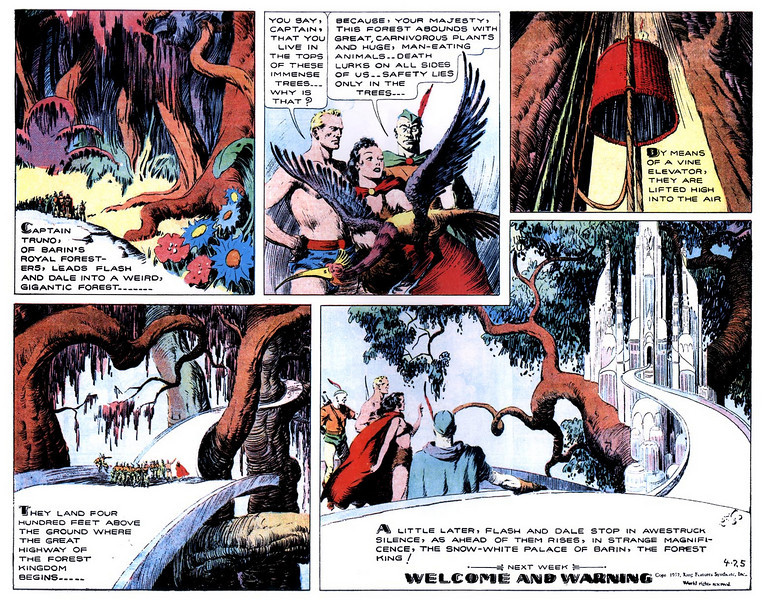
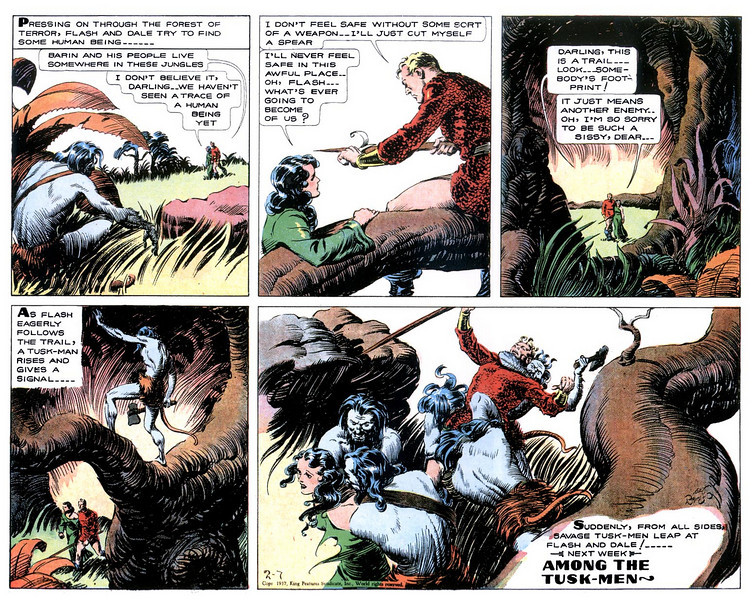
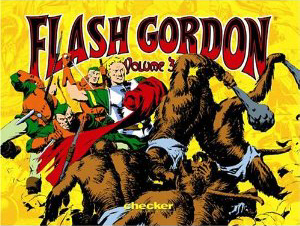
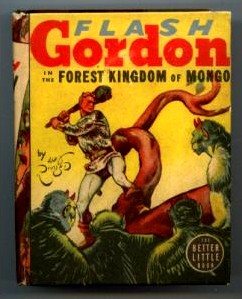
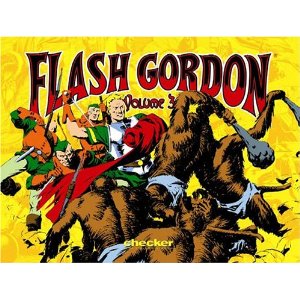
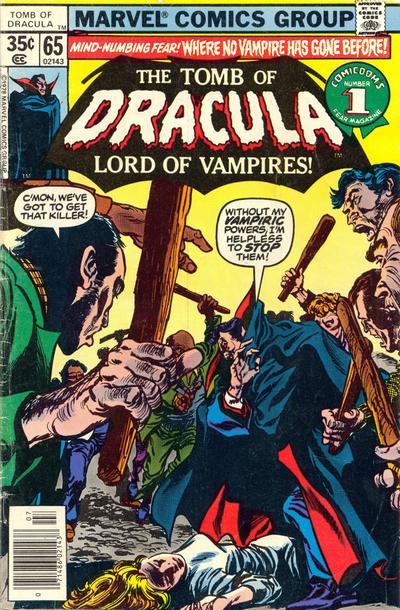
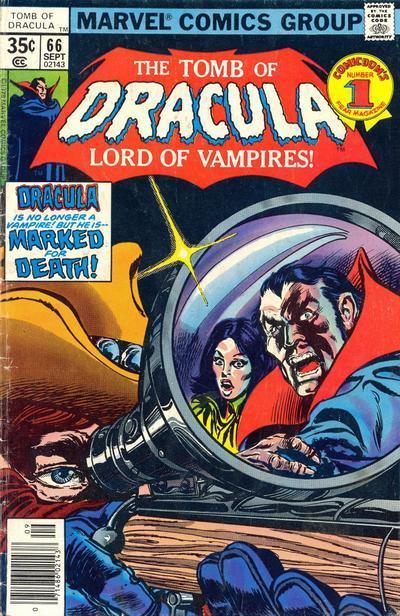
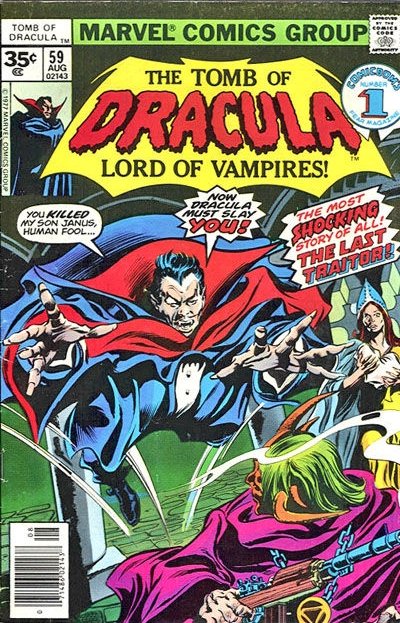
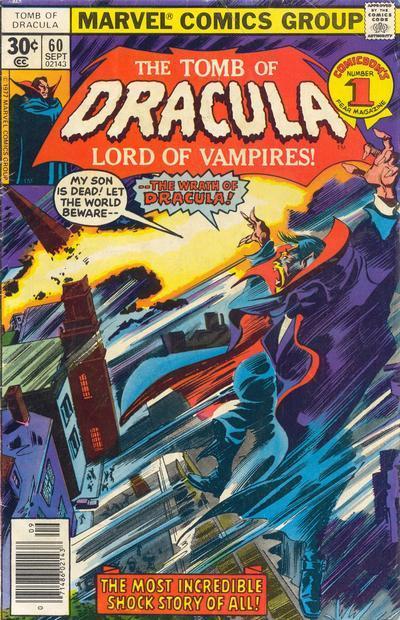
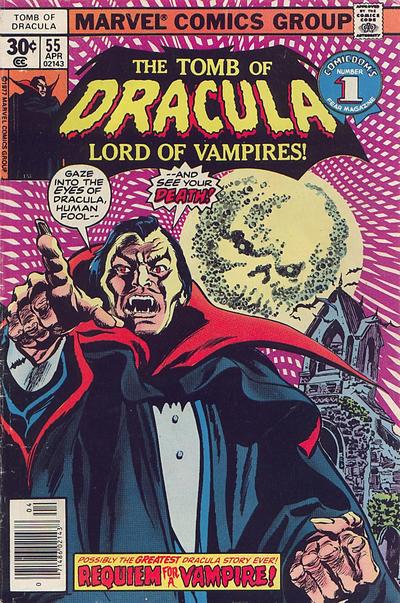
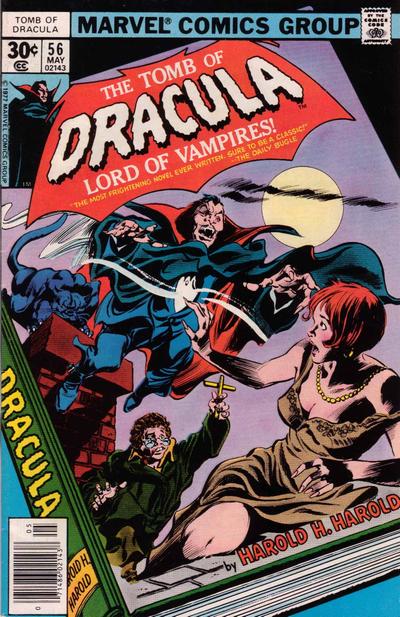 #56, “The Vampire Conspiracy” is the title of Harold’s fictionalized account of his encounters with Dracula. This is really just a humorous filler issue which neatly summarizes the Boston-based storyline thus far and wrings some humor out of the contrast between Harold’s narration (where he depicts himself as capable, heroic, and distinctly Sherlockian) and the reader’s recollection of what has occurred in the narrative up to this point. It is interesting to note that Harold portrays Rachel and Aurora as helpless damsels in distress in a fashion that is very familiar to those who grew up on a steady diet of Universal and Hammer horror. Most intriguing is a purely fictionalized encounter between Dracula and Satan who appears in the form of a black panther. While no such event has occurred, it does prefigure the direction Wolfman is about to take with the storyline in coming months. As it is, the issue remains a diverting time-filler.
#56, “The Vampire Conspiracy” is the title of Harold’s fictionalized account of his encounters with Dracula. This is really just a humorous filler issue which neatly summarizes the Boston-based storyline thus far and wrings some humor out of the contrast between Harold’s narration (where he depicts himself as capable, heroic, and distinctly Sherlockian) and the reader’s recollection of what has occurred in the narrative up to this point. It is interesting to note that Harold portrays Rachel and Aurora as helpless damsels in distress in a fashion that is very familiar to those who grew up on a steady diet of Universal and Hammer horror. Most intriguing is a purely fictionalized encounter between Dracula and Satan who appears in the form of a black panther. While no such event has occurred, it does prefigure the direction Wolfman is about to take with the storyline in coming months. As it is, the issue remains a diverting time-filler.